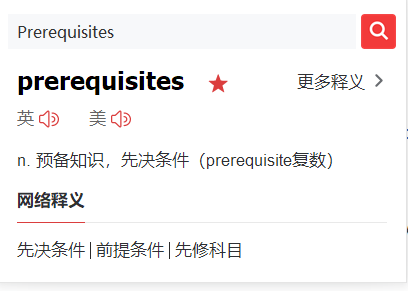Reactor is a fully non-blocking reactive programming foundation for the JVM, with efficient demand management (in the form of managing “backpressure”). It integrates directly with the Java 8 functional APIs, notably CompletableFuture, Stream, and Duration. It offers composable asynchronous sequence APIs — Flux (for [N] elements) and Mono (for [0|1] elements) — and extensively implements the Reactive Streams specification.
反应器是JVM的一个完全非阻塞的反应性编程基础,具有高效的需求管理(以管理背压的形式)。它直接集成了Java 8的函数api,特别是CompletableFuture、Stream和Duration。它提供了可组合的异步序列api Flux(针对[N]元素)和Mono(针对[0|1]元素),并广泛地实现了反应流规范。
Reactor also supports non-blocking inter-process communication with the reactor-netty project. Suited for Microservices Architecture, Reactor Netty offers backpressure-ready network engines for HTTP (including Websockets), TCP, and UDP. Reactive encoding and decoding are fully supported.
Reactor还支持与Reactor -netty项目的非阻塞进程间通信。反应器Netty为HTTP(包括Websockets)、TCP和UDP提供了准备后台压力的网络引擎,适合微服务体系结构。反应编码和解码完全支持。

Reactor Core runs on Java 8 and above.
它有一个传递依赖It has a transitive dependency on org.reactivestreams:reactive-streams:1.0.3.
Reactor 3 does not officially support or target Android (consider using RxJava 2 if such support is a strong requirement).
However, it should work fine with Android SDK 26 (Android O) and above.
We are open to evaluating changes that benefit Android support in a best-effort fashion. However, we cannot make guarantees. Each decision must be made on a case-by-case basis.
反应器3没有正式支持或目标Android(考虑使用RxJava 2,如果这种支持是一个强烈的需求)。但是,它应该可以在Android SDK 26 (Android O)及以上版本上工作。我们愿意以最大的努力来评估那些有利于Android支持的变化。但是,我们不能保证。每个决定都必须根据具体情况作出。
Understanding the BOM
The qualifiers are (in chronological order):
BUILD-SNAPSHOT: Builds for development and testing.
M1..N: Milestones or developer previews.
RELEASE: The first GA (General Availability) release in a codename series.
SR1..N: The subsequent GA releases in a codename series — equivalent to a PATCH number. (SR stands for “Service Release”).
Getting Reactor
As mentioned earlier, the easiest way to use Reactor in your core is to use the BOM and add the relevant dependencies to your project. Note that, when you add such a dependency, you must omit the version so that the version gets picked up from the BOM.
如前所述,在核心中使用Reactor的最简单方法是使用BOM并将相关的依赖项添加到项目中。请注意,当您添加这样的依赖项时,您必须省略版本,以便从BOM中获得版本。
However, if you want to force the use of a specific artifact’s version, you can specify it when adding your dependency, as you usually would. You can also forgo the BOM entirely and specify dependencies by their artifact versions.
2.4.1. Maven Installation
Maven natively supports the BOM concept. First, you need to import the BOM by adding the following snippet to your pom.xml:
<dependencyManagement>
<dependencies>
<dependency>
<groupId>io.projectreactor</groupId>
<artifactId>reactor-bom</artifactId>
<version>Bismuth-RELEASE</version>
<type>pom</type>
<scope>import</scope>
</dependency>
</dependencies>
</dependencyManagement>
实际如这样 gradle
implementation 'org.springframework.boot:spring-boot-starter-webflux'